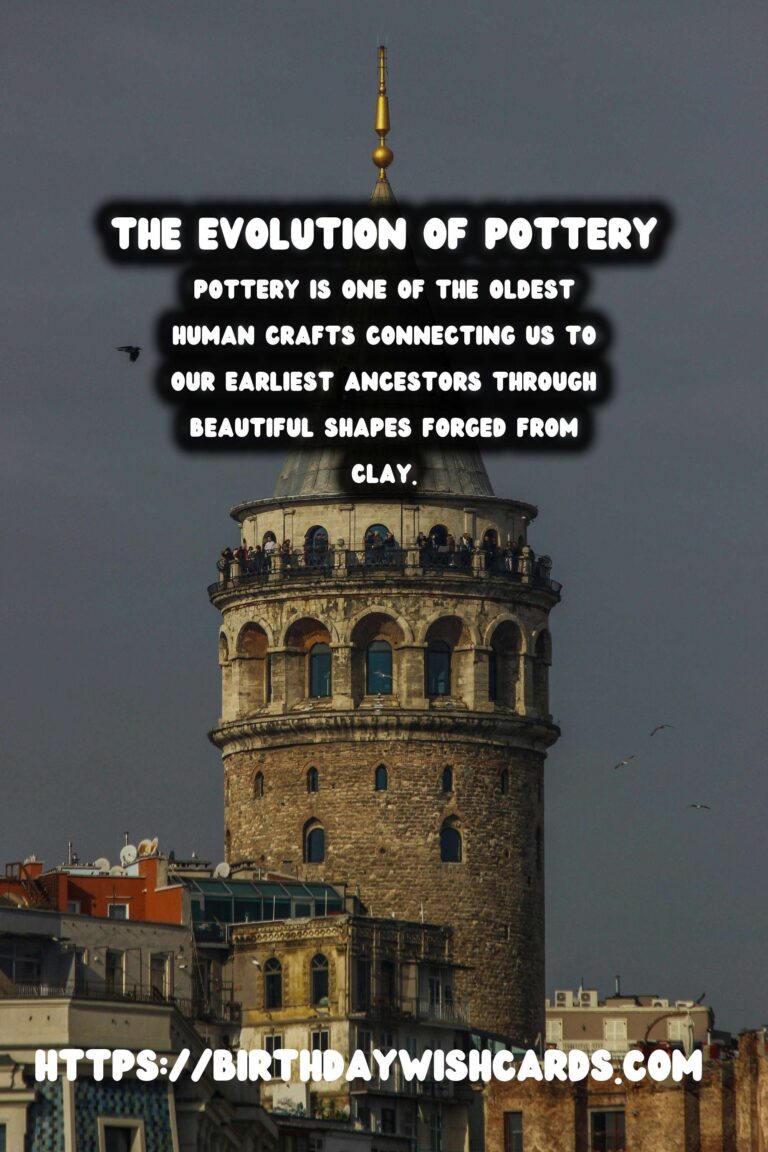
Pottery is one of the oldest human crafts, connecting us to our earliest ancestors through beautifully shaped clay forms. The evolution of pottery mirrors the growth of civilizations, highlighting technological advancements as well as artistic expression across eras.
Early Beginnings: The Dawn of Pottery
The origin of pottery can be traced back to the late Neolithic period, around 10,000 BCE, when nomadic groups began settling into more agrarian lifestyles. As these early humans shifted from a hunter-gatherer lifestyle to one that involved domesticating plants and animals, they recognized the need for storage vessels. These early pots were hand-formed from clay and fired at low temperatures, primarily for practical purposes such as storing food and water.
The Rise of Functional and Decorative Pottery
As communities grew and technology improved, the art of pottery became more sophisticated. The invention of the potter’s wheel around 3,500 BCE represented a pivotal moment in pottery history. It enabled potters to produce more symmetrical and consistent pieces. Subsequently, many ancient cultures including the Egyptians, Greeks, and Chinese began to incorporate intricate designs and artistic elements into their pottery, making it both functional and decorative.
Intricate glazing techniques were developed, allowing for pottery to withstand higher temperatures and become more durable. These advancements facilitated the creation of more vibrant and detailed items. In particular, the Greeks are renowned for their red and black figure pottery, which featured detailed depictions of mythology and everyday life.
Pottery in the Middle Ages and Beyond
During the Middle Ages, pottery continued to evolve, especially in Europe and the Middle East, where the craft reached new artistic heights. Islamic potters pioneered techniques such as lustreware, which gave pottery an iridescent finish. Meanwhile, in China, the production of porcelain reached its peak, with Ming Dynasty porcelain becoming particularly prized for its quality and beauty.
During the Renaissance, a renewed interest in art and culture led to an increase in the demand for pottery. Artists began to experiment with form and color, incorporating Renaissance ideals of symmetry and perspective into their designs.
The Industrial Revolution and Modern Pottery
The Industrial Revolution marked yet another significant shift in the pottery world. Mass production techniques allowed for the wider dissemination of high-quality pottery at more affordable prices. Despite these advances, traditional handcrafted pottery remained popular, cherished for its unique qualities and craftsmanship.
In the 20th century, the Arts and Crafts movement, along with Art Nouveau and Art Deco styles, sought to celebrate craftsmanship in the face of industrialization. Pottery became a medium for artists to rebel against both the norms of mass production and previous artistic traditions, leading to modernist innovations.
Contemporary Pottery: A Modern Artistic Expression
Today, pottery is celebrated both as an art form and as a craft. It allows contemporary artists to explore new techniques and materials. The boundaries of what pottery can be are continuously redefined by these modern innovators who often blend traditional methods with modern technology.
Furthermore, the sustainability movement has rekindled interest in pottery as an environmentally friendly practice. Artisans are exploring eco-friendly materials and glazes, proving that ancient practices can coexist with modern environmental consciousness.
The Cultural Significance of Pottery
Beyond its artistic and functional value, pottery holds cultural significance around the world. It offers insights into the daily lives, beliefs, and environments of ancient peoples. Museums and collectors value historical pottery as priceless cultural artifacts, holding keys to understanding past civilizations.
Whether it’s a simple clay vessel or an elaborately decorated vase, pottery’s enduring appeal lies in its ability to connect us across time and culture. It remains a testament to human creativity and our perpetual quest to shape the world around us.
The progression of pottery from ancient clay to modern art reflects not only the advancement of societies but the human spirit of creativity—a timeless journey continued today by artisans and artists worldwide.
Pottery is one of the oldest human crafts connecting us to our earliest ancestors through beautiful shapes forged from clay. The invention of the potter’s wheel around 3,500 BCE marked a pivotal moment in pottery history, enabling the creation of more symmetrical and consistent pieces. 
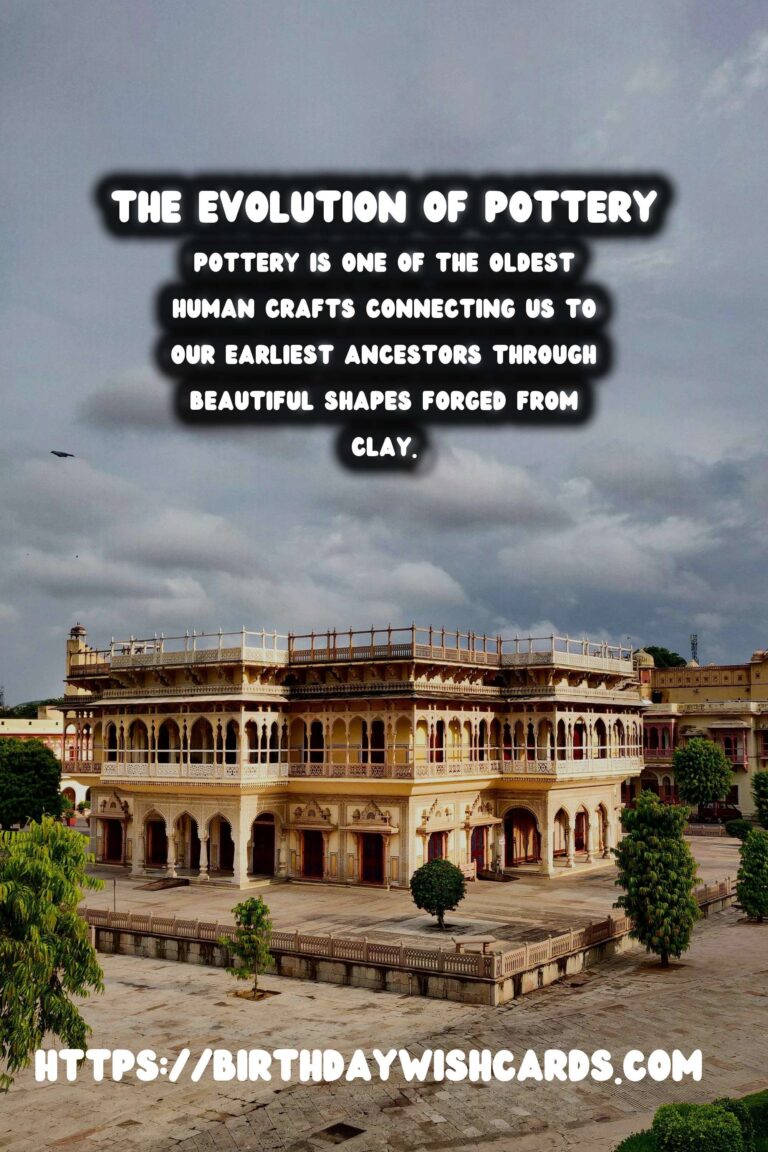
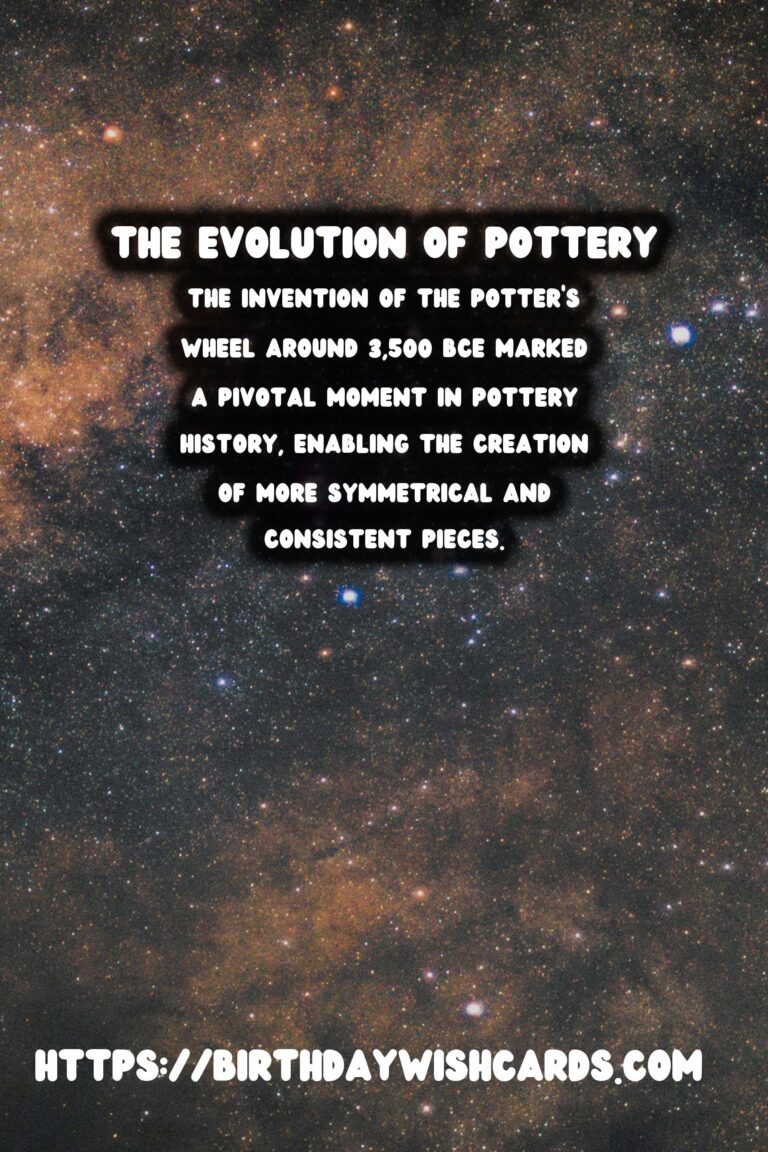
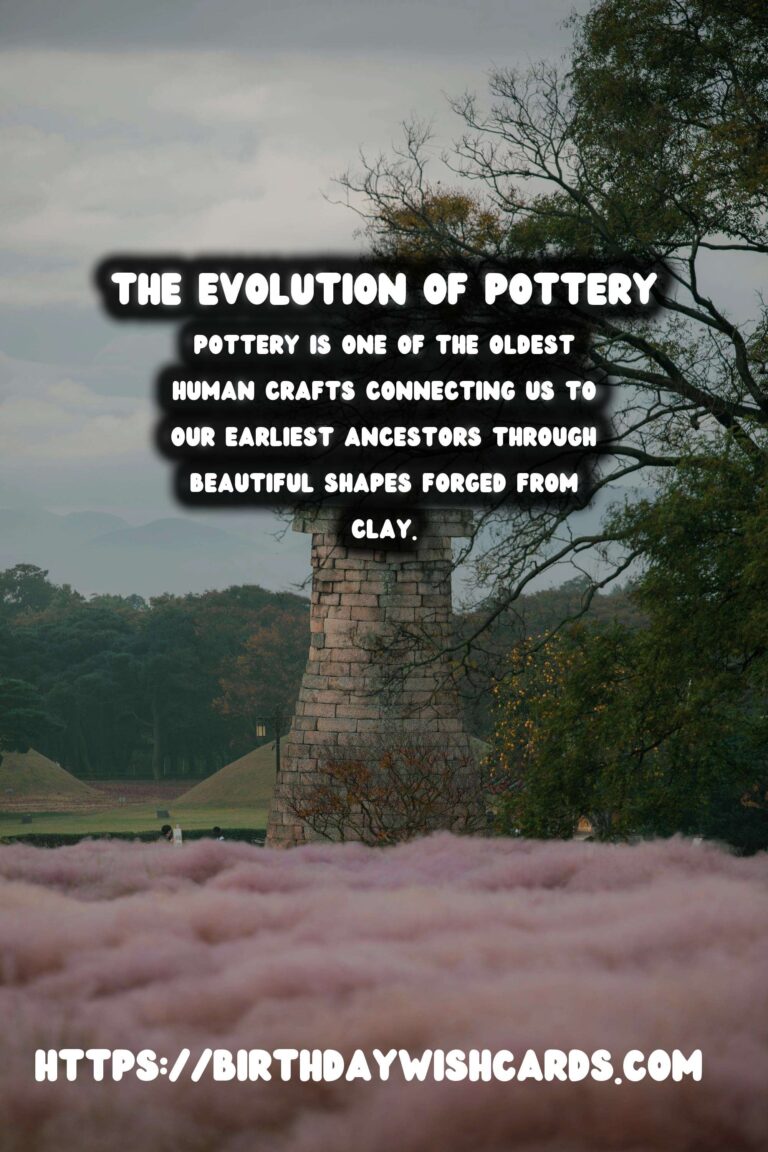
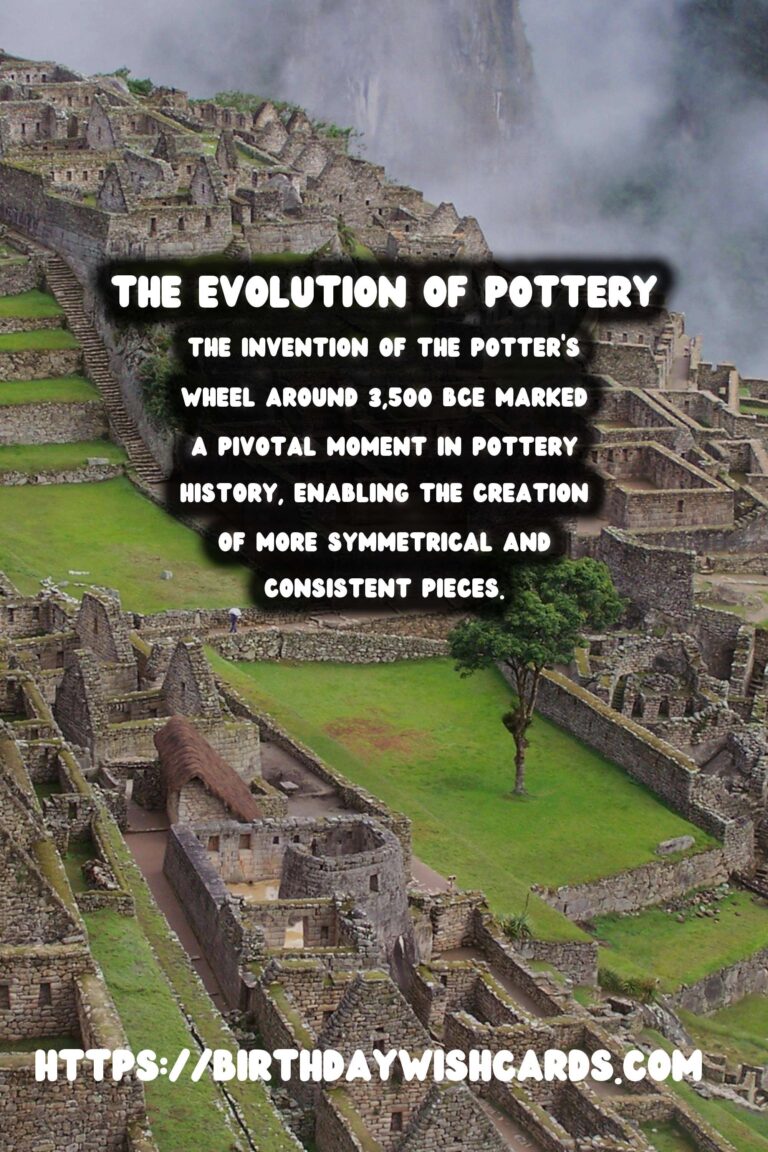
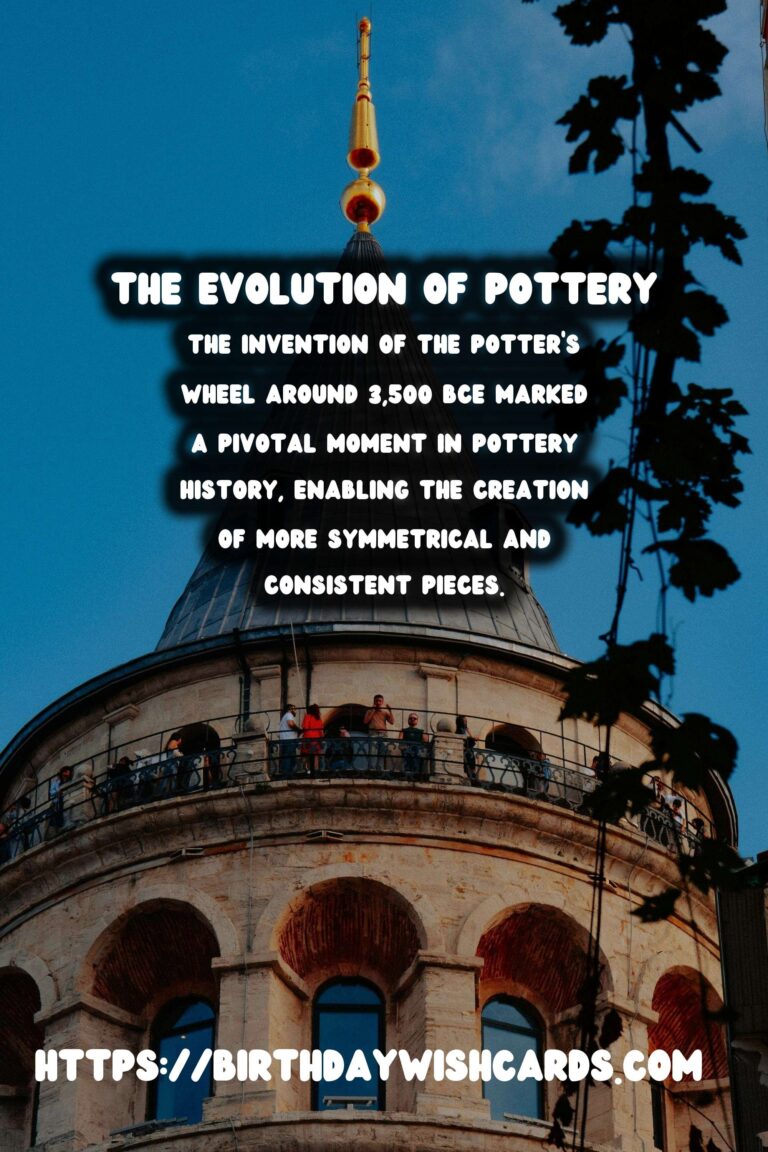
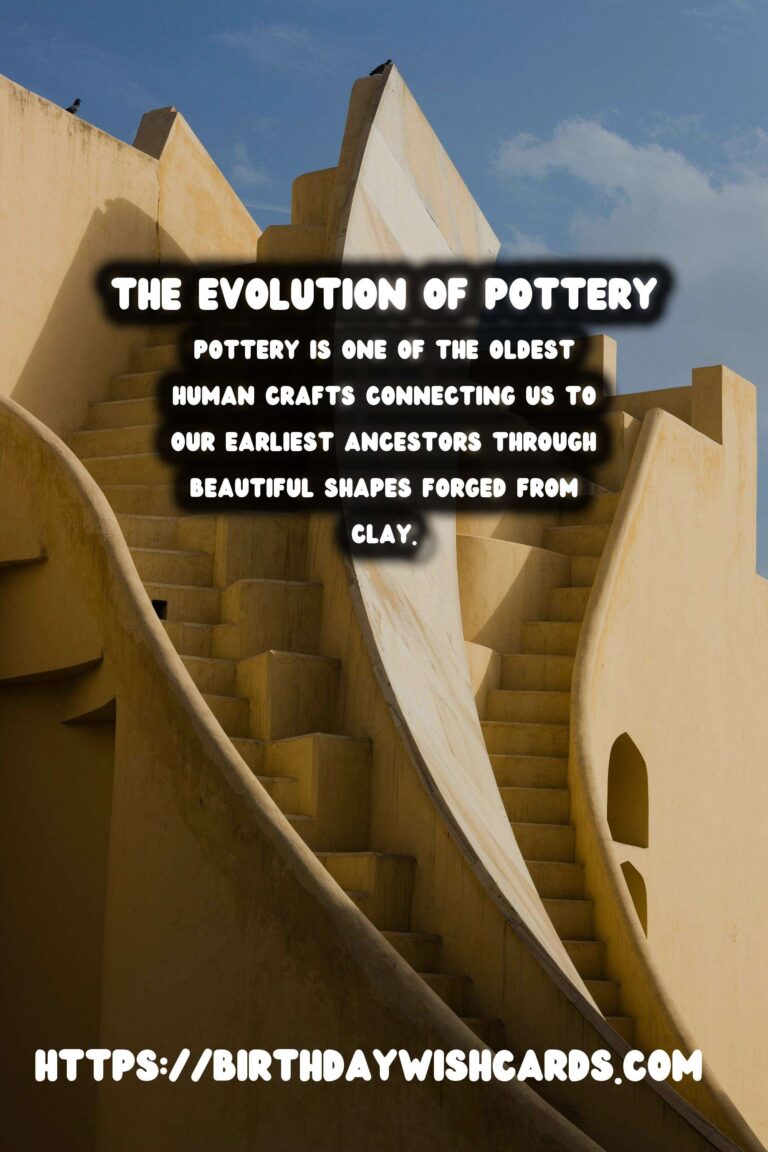
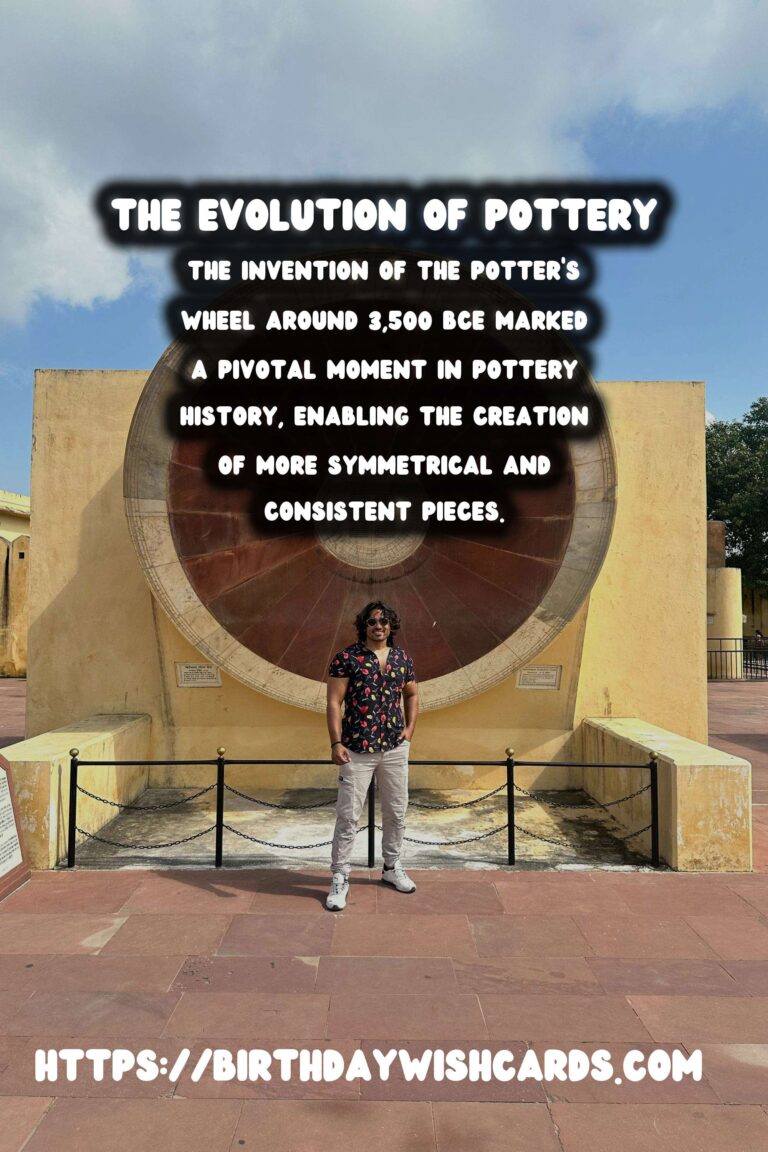
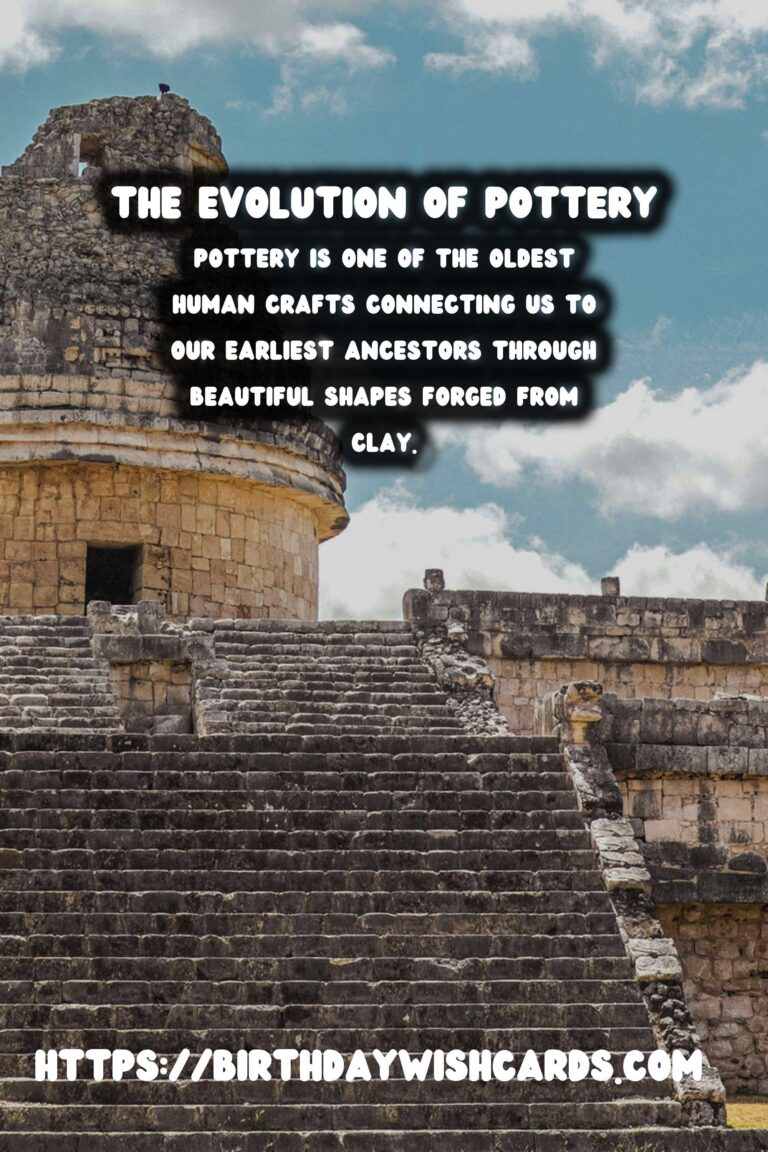
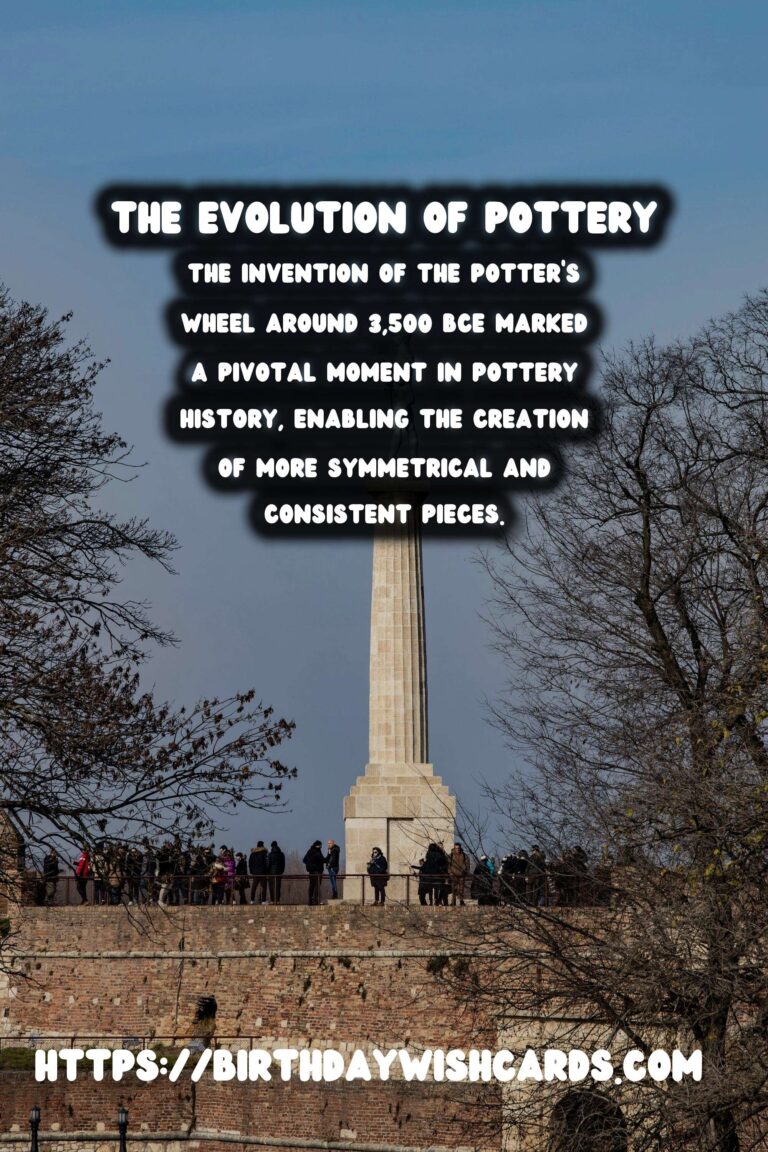
#PotteryHistory #AncientToModernArt




